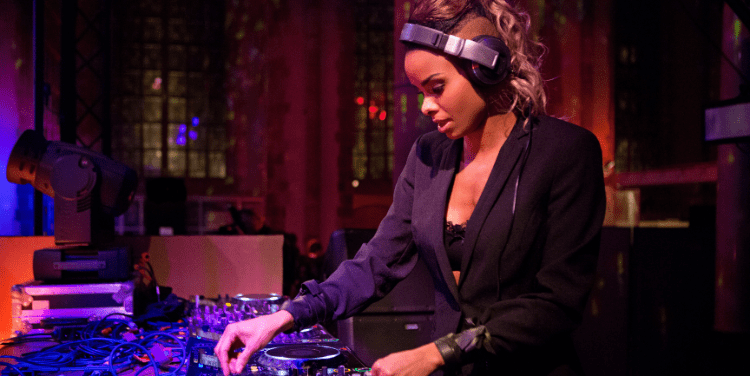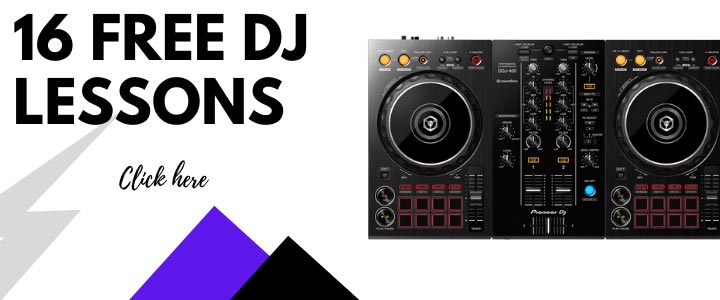Setting up a home DJ studio is a dream for many aspiring and professional DJs alike. Having your own space to practice, create, and hone your skills is invaluable. But where do you start? This guide will walk you through the essential steps to set up a functional and inspiring home DJ studio.
Step 1: Choose the Right Space
The first step in setting up your home DJ studio is choosing the right space. Ideally, you want a room that’s away from high-traffic areas of your home to minimize noise and distractions. A basement, spare bedroom, or a dedicated corner in a larger room can work well. Ensure the space is well-ventilated and has enough power outlets to accommodate your equipment.
Step 2: Soundproofing
Soundproofing is crucial, especially if you plan to practice late at night or live in an apartment. There are several ways to soundproof your studio:
- Acoustic Panels: These can be placed on walls and ceilings to absorb sound and reduce echo.
- Carpeting and Rugs: These help to dampen sound, especially if you have hardwood or tile floors.
- Door and Window Seals: Use weather stripping to seal any gaps around doors and windows to prevent sound leakage.
- Bass Traps: Place these in the corners of your room to absorb low-frequency sound waves.
Step 3: Essential Equipment
Now that you have your space ready, it’s time to set up your equipment. Here’s a list of the essential gear you’ll need:
1. DJ Controller or Turntables
The heart of your DJ setup will be your DJ controller or turntables. If you prefer a digital setup, a high-quality DJ controller that integrates with DJ software is a great choice. If you’re a vinyl enthusiast, invest in a pair of turntables and a mixer. Popular options available in 2024 include:
- DJ Controllers: Pioneer DDJ-FLX10, Native Instruments Traktor Kontrol S4 MK3
- Turntables: Technics SL-1210MK7, Pioneer PLX-1000
- Mixers: Pioneer DJM-S11, Allen & Heath Xone:96
2. Laptop or Computer
A reliable laptop or computer is essential for running your DJ software. Ensure it has enough processing power, RAM, and storage to handle your music library and DJ applications. Popular DJ software includes Serato DJ Pro, Traktor Pro 3, and Rekordbox.
3. Studio Monitors
Good studio monitors are crucial for accurate sound reproduction. Look for monitors with a flat frequency response to ensure you’re hearing your music as accurately as possible. Popular choices include KRK Rokit G4, Yamaha HS8, and Adam Audio T7V.
4. Headphones
A good pair of DJ headphones is a must. Look for headphones that offer excellent sound isolation and a comfortable fit for long sessions. Popular models include Sennheiser HD 25, Pioneer HDJ-X10, and V-MODA M-200.
5. Audio Interface
An audio interface is necessary if you’re using a laptop or computer. It will improve sound quality and provide the necessary connections for your monitors and other equipment. The Focusrite Scarlett 2i2 (3rd Gen) and Native Instruments Komplete Audio 6 MK2 are popular choices.
6. Cables and Accessories
Don’t forget about the necessary cables and accessories. You’ll need RCA cables, USB cables, power strips, and possibly a laptop stand. Keeping your cables organized with cable ties or a cable management system can help keep your setup tidy.
Step 4: Setting Up Your Equipment
Once you have all your equipment, it’s time to set it up. Here’s a step-by-step guide:
- Position Your Desk: Place your desk or DJ stand in a central position in the room. Ensure it’s sturdy enough to support your equipment.
- Set Up Your Controller or Turntables: Place your DJ controller or turntables on the desk. If you’re using turntables, place your mixer in the center.
- Connect Your Laptop or Computer: Position your laptop or computer on the desk and connect it to your DJ controller or mixer using the appropriate cables.
- Position Your Monitors: Place your studio monitors on either side of your desk, at ear level, and angled towards you for optimal sound.
- Connect Your Audio Interface: If you’re using an audio interface, connect it to your laptop or computer and then connect your monitors and headphones to the interface.
- Organize Your Cables: Use cable ties or a cable management system to keep your cables organized and out of the way.
Step 5: Optimize Your Workflow
Once your equipment is set up, it’s time to optimize your workflow. Here are some tips:
- Organize Your Music Library: Keep your music library organized with clear folders and playlists. Use DJ software to tag and categorize your tracks for easy access.
- Create a Comfortable Environment: Ensure your studio is comfortable with good lighting and seating. Consider adding personal touches like posters or LED lights to make the space inspiring.
- Practice Regularly: The key to becoming a great DJ is practice. Set aside regular time each day or week to practice your mixing, beatmatching, and other skills.
- Record Your Mixes: Recording your mixes is a great way to track your progress and identify areas for improvement. Use your DJ software or a dedicated recording device to capture your sets.
Step 6: Keep Learning
The DJ world is constantly evolving, so it’s essential to keep learning and staying up-to-date with the latest trends and techniques. Follow DJ blogs, join online communities, and attend workshops or courses to continue improving your skills.
Setting up a home DJ studio is a rewarding investment in your DJ career. With the right space, equipment, and dedication, you’ll have a professional environment to create, practice, and grow as a DJ. So, get started today and take your DJing to the next level!





















